Designing for the Future of AVs
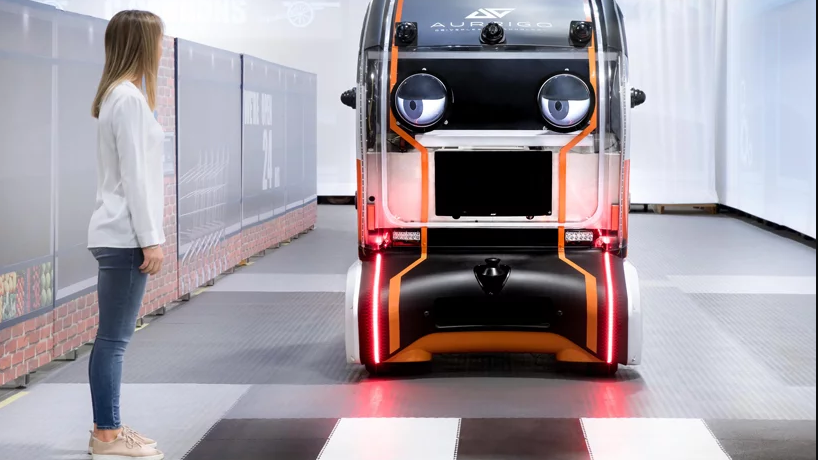
This spring Adam Millard-Ball, assistant professor of environmental studies at UC Santa Cruz, came to UCLA to discuss the unintended consequences of autonomous vehicles (AVs). Millard-Ball’s lecture led the audience to consider options for designing pedestrian and autonomous vehicle (ped-AV) interactions.
First, it is important to understand the current state of pedestrian and vehicle driver interaction, which is based on two important characteristics: attention (eye contact) and communication (signaling). Studies have shown that in the absence of either, pedestrian perceived risk increases significantly. Design considerations for future interaction should include some level of both. Furthermore, the design considerations are proposed within the context of a set of commonly held assumptions, such as:
- Autonomous vehicles will always obey traffic laws
- Autonomous vehicles will do their best to not injure humans
- Pedestrians will still rely on signals when crossing a busy street
- Pedestrians will jaywalk if they decide that it’s safe to do so
Design Considerations for Future AV-Pedestrian Interaction
Intent Displays (Vehicle to Pedestrian, or V2P, Communication)
Intent displays are proposed as LED, LCD, or projections from the AV to the pedestrian. Studies have found that when autonomous vehicles display their intent, there is 38% improvement in resolving pedestrian and traffic standstills. One study investigated different communication modes including visual, audio, motion, etc. It found a combination of modalities was best. However, the study admitted the data may be limited because all participants were North American.
Samples of proposed intent displays (Image: Teague Labs)
A pedestrian relies on intent displays to safely cross an unmarked road. (Image: Teague Labs)
Interactive Intent Displays (V2P Communication)
A critical component of reducing pedestrian perceived risk is “attention.” Currently, this is achieved through driver-pedestrian eye contact. In fact, studies show that without eye contact, pedestrians are less likely to cross the street. A popular design proposal suggests that AVs display intent in the form of a humanistic set of eyes. As the AV approaches the crossing pedestrian, the eyes scan and lock to establish eye contact with the pedestrian. In virtual reality tests conducted by Chang et al. and presented at the International Conference on Automotive User Interfaces and Interactive Vehicular Applications, the return of eye contact (“attention”) has shown to speed up pedestrian crossing decision time by 86 percent.
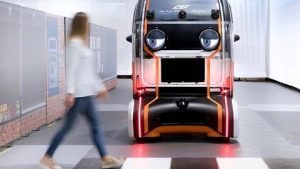
A Jaguar Land Rover gives driverless cars ‘virtual eyes’ to signal awareness of pedestrians (Image: Designboom)
Interaction Prevention: Barricades
As mentioned in a recent article in The Register, there is some fear that AVs will alter the mobility landscape in favor of the vehicle. Without thoughtful design to facilitate safe pedestrian-AV interaction, barricades may be a feature used to impose ultimate control on a pedestrian’s ability to move around. “The open spaces that cities like to encourage would end as the barricades go up. And foot movement would need to be enforced with Singapore-style authoritarianism.”
While these design concepts are promising, a number of additional considerations should be explored:
- How do we navigate the transition period where AVs and non-AVs are interacting with pedestrians?
- In the absence of a significant reduction of perceived risk, how do we ensure that pedestrians don’t create gridlock by jaywalking?
- How do pedestrian type, culture, or demographics change the way they perceive risk? Should V2P communication be personalized?
Interested in writing for The Circulator? Submit a post.



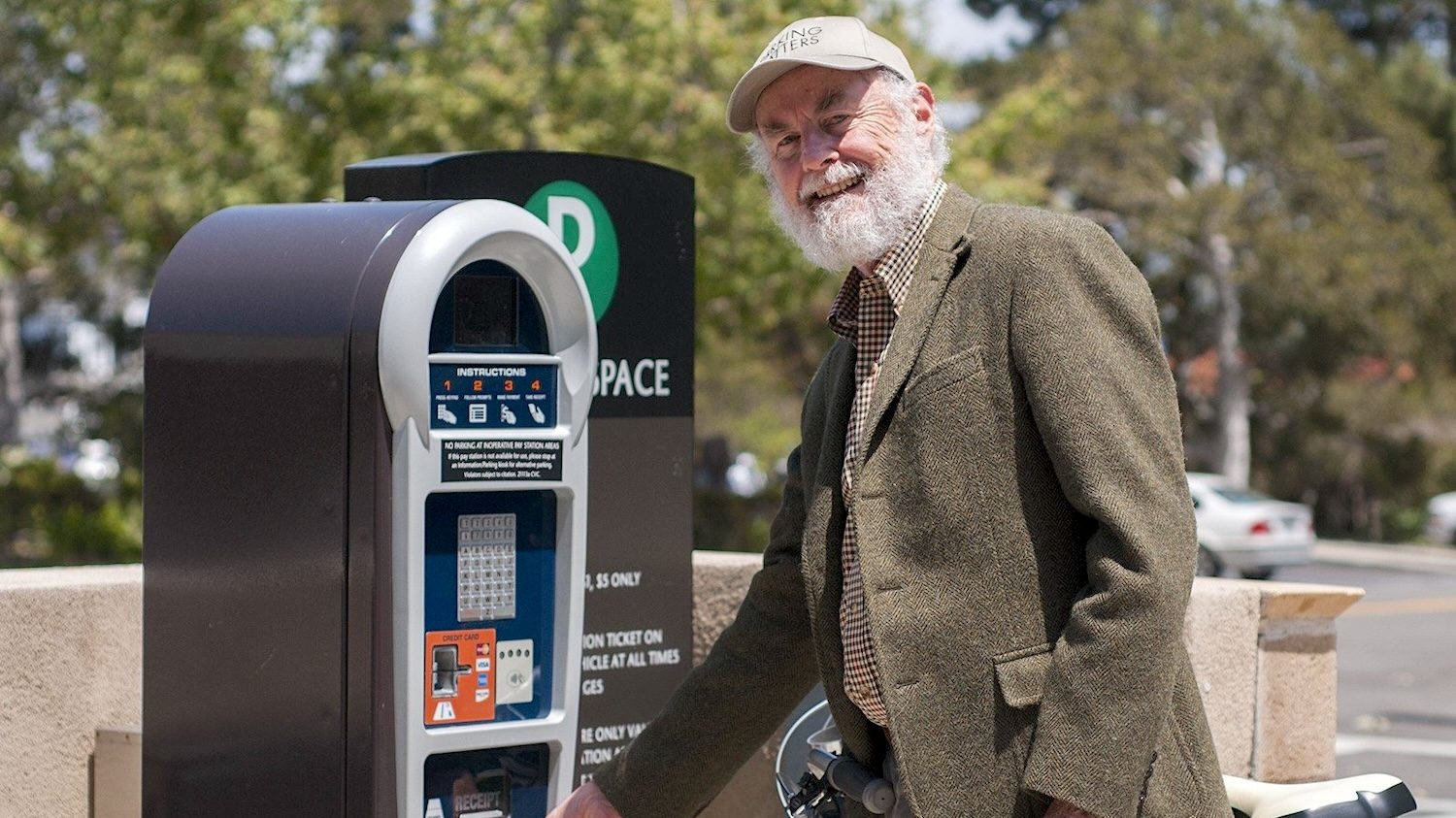
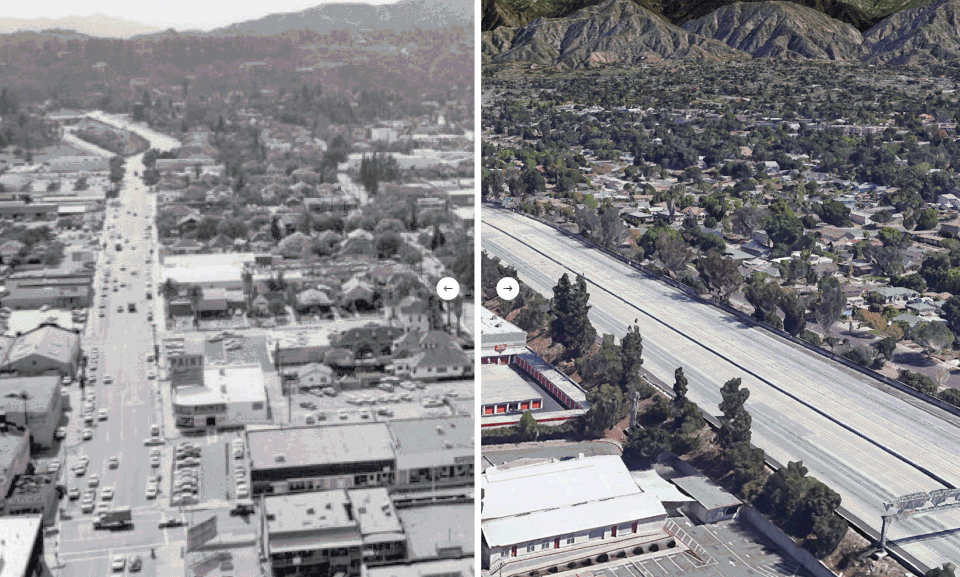
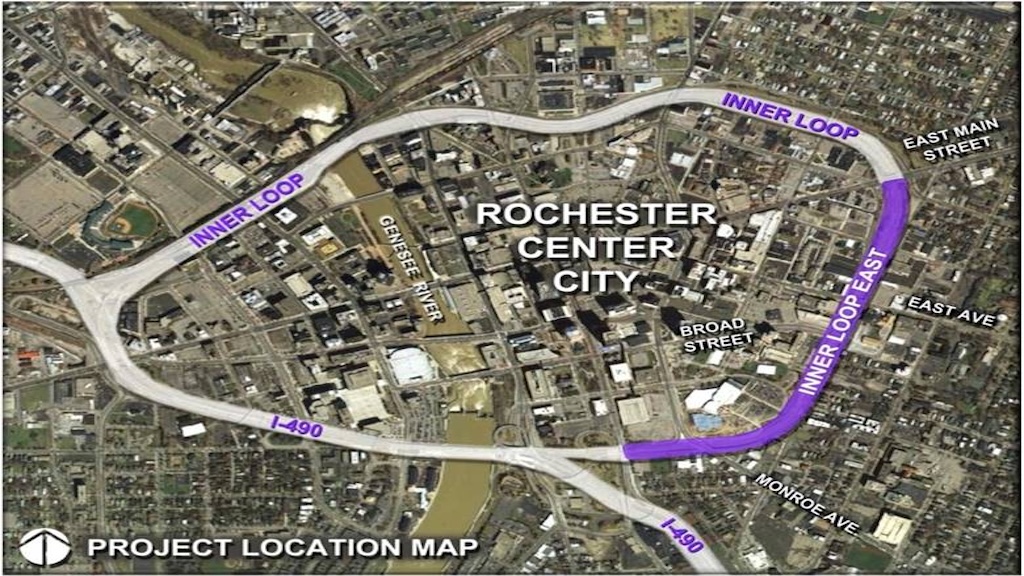
Excellent article. Autonomous vehicle development is an evolving and iterative science. It’s turning out to be a lot more “human” than I think a lot of folks ever expected it to be.